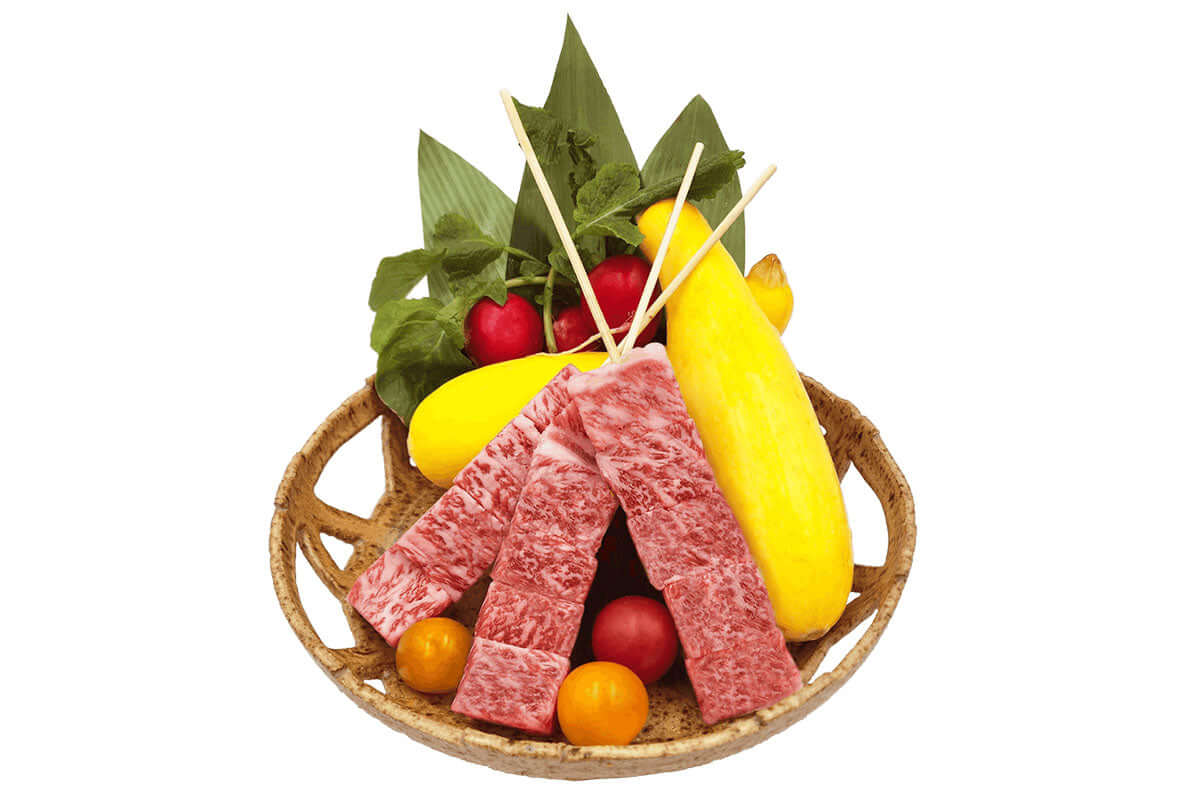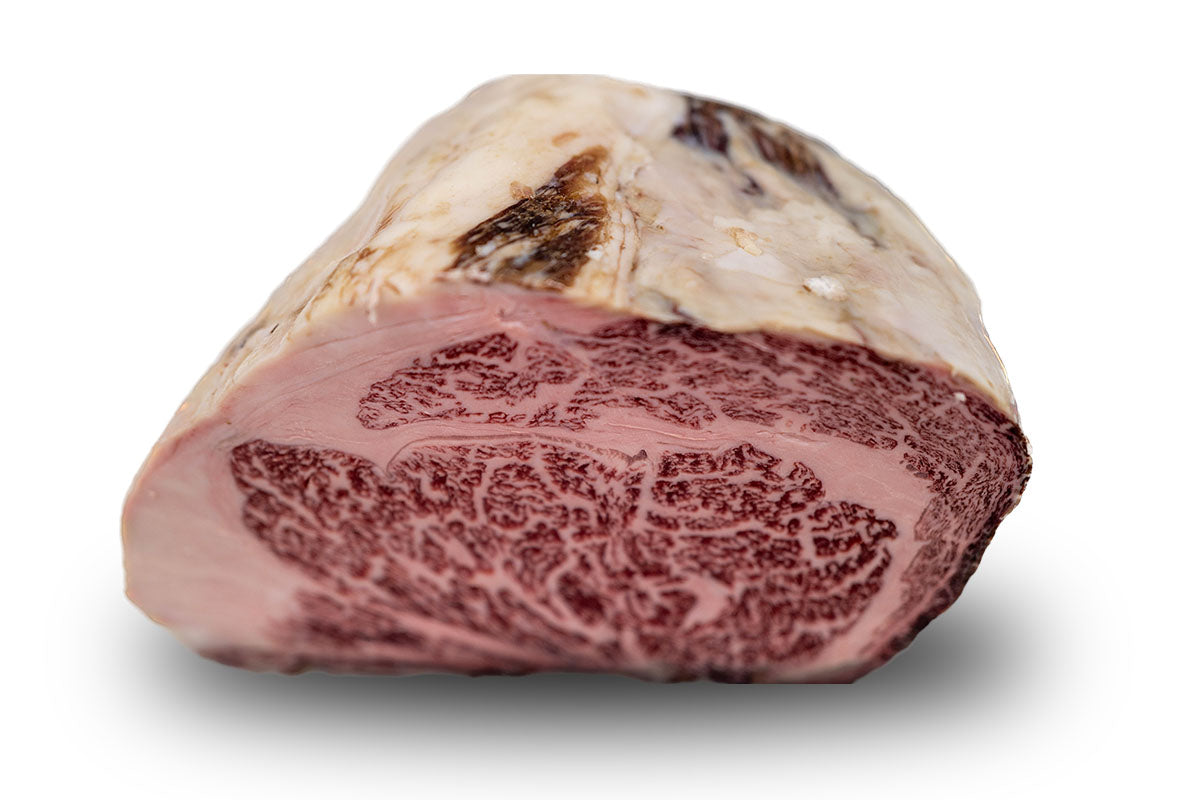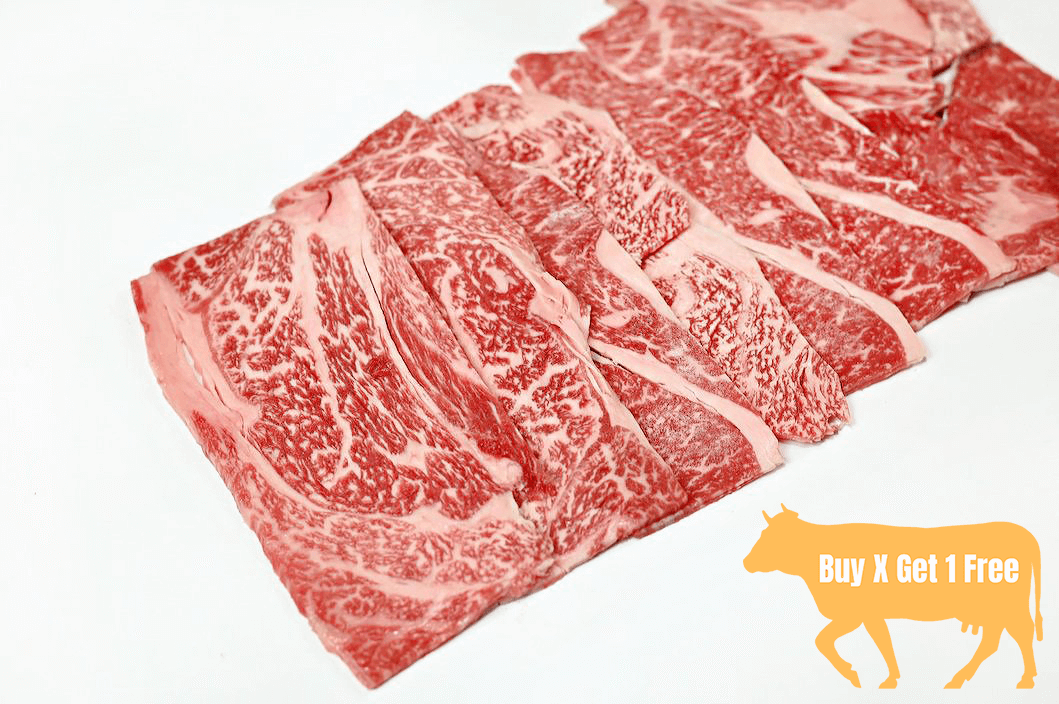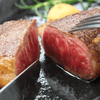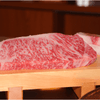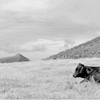The History of Wagyu Beef in America
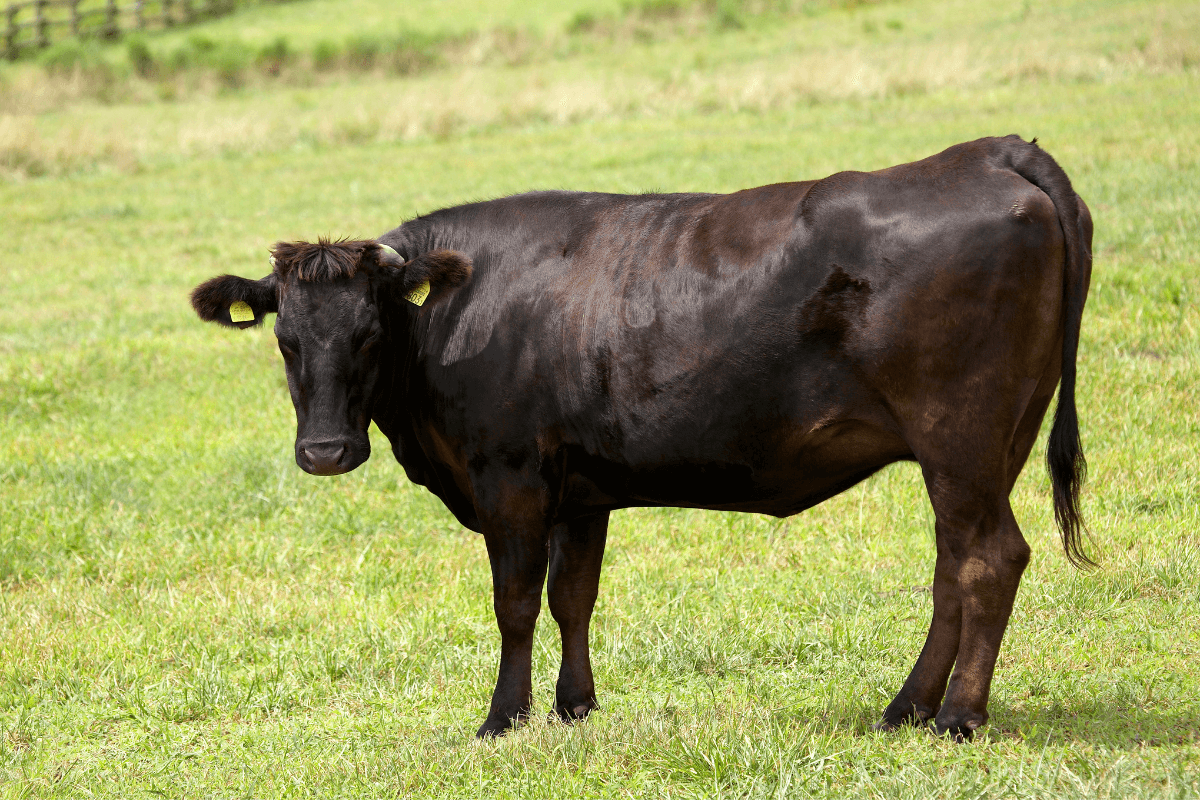
Over the last few years, it seems almost every restaurant in the U.S. has an American Kobe or a Wagyu beef burger on the menu. Many people are already familiar with the succulent marbled meat that’s called Wagyu beef. It’s renowned worldwide for its melt-in-your-mouth flavoring, luxury pricing, and near-constant praise.
But not many know about how a form of it is produced in America or how it came to be.
Let’s explore the history of Wagyu beef in the U.S.!
Where does Wagyu come from?
While the history of Wagyu beef is somewhat complex — with some estimating the lineage of these Japanese cows stretching over 35,000 years — the term simply means Japanese cows or cattle.
In Japan, there are four classifications of cows that make up the Wagyu label, Japanese Black, Japanese Polled, Japanese Brown, and Japanese Shorthorn. But today, more than 90% of all Wagyu cattle are from the Black variety.
During the late 1800s, Japanese cattle switched from an animal purely used for labor to one that was also able to provide food and milk. It’s during this period that cows were imported to Japan to mix with their own breeds to increase the amount of meat and fat available to eat.
But since this combination of foreign and local cows was completely unique in the world, they produced a unique form of beef that we know and love today as Wagyu!
Essentially, high-grade A5 pure Wagyu beef has far more marbling than any other existing cow species. This, combined with the unique quality control and special environment to raise these animals is what makes the steak so amazing.
So, of course, other countries wanted their hands on it too.
Wagyu beef comes to America
In 1976, a researcher at Colorado University named Morris Whitney decided to import two Black Wagyu and two Red Wagyu bulls from Japan. These were the first of their breed to set foot on American soil.
Interestingly, the cows had names, not numbers. The two Japanese Red were Judo and Rueshaw. The two Japanese Black bulls were named Mazda and Mt. Fuji.
Soon after, the university extracted semen from the bulls and helped ranchers cross-breed the animals with Angus, Holstein, Hereford, and Brangus cows — with Angus being the dominant ones.
The most important part of this? None of the offspring were 100% Wagyu beef. Noting this was a problem in terms of yield and quality of the beef, The American Wagyu Association was created in 1990 to help the relatively new niche market of the industry.
That was it until 1993, when around 200 more bulls and Japanese Black females were imported.
But that’s when the Japanese government started realizing what an amazing product they had on
their hands — so they banned any more exports of Wagyu cattle, claiming them as a national treasure!
According to the American Wagyu Association, there are roughly 40,000 Wagyu-influenced cows in America today, with less than 5,000 being considered 100% purebred or “full-blood” as the term goes.
It’s this rarity of Wagyu cows with 100% Japanese traceable lineage that led to the American classification system for Wagyu cows. Their rankings are F1 (50% pure), F2 (75%), F3 (93.75%) and pureblood, for 100%.
In order for these cows to be rated as pureblood, the ranchers have to have each individual cow and their parents be DNA tested to ensure their Japanese roots!
So, the next time you go into a restaurant and order a $15 American Wagyu beef burger, you should know it’s likely an F1, as the pureblood or genuine Japanese Wagyu beef are far more expensive.
And better tasting, too!
If you’re interested in getting fresh genuine Japanese imported Wagyu beef delivered to your doorstep, check out our wide selection at Wagyuman. We’re the only company in the U.S. that imports whole cattle and butchers them at our own facility.

